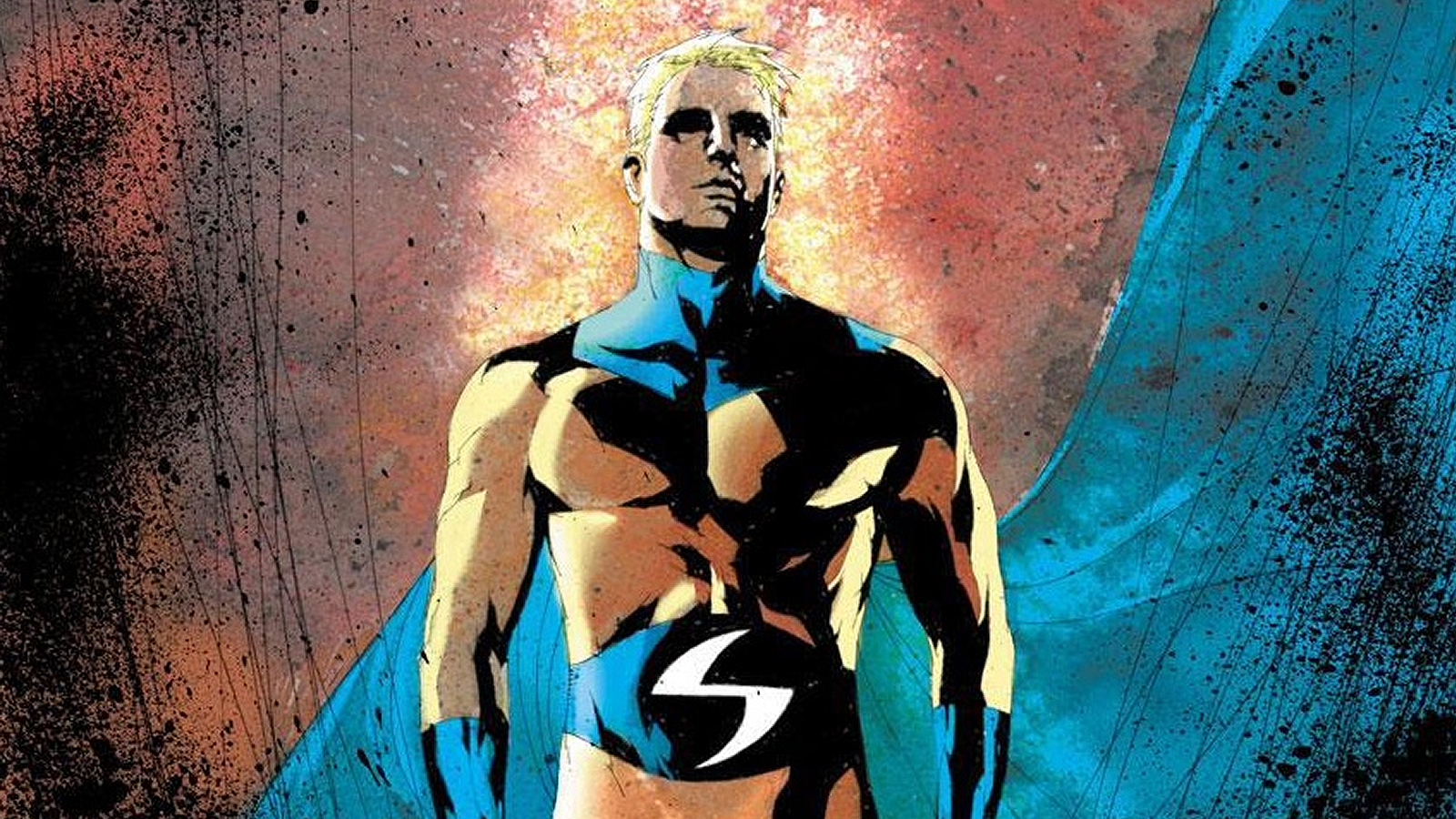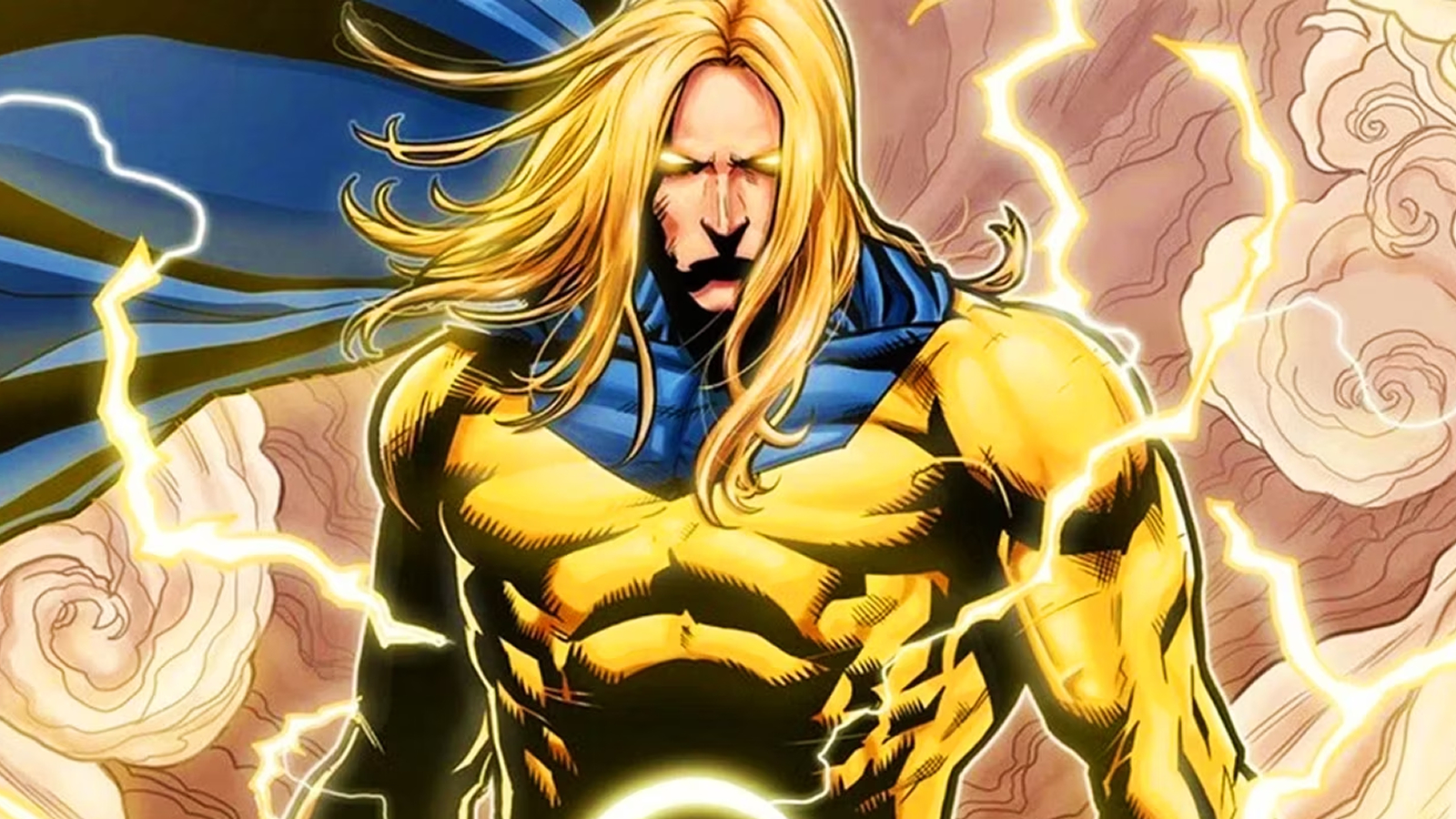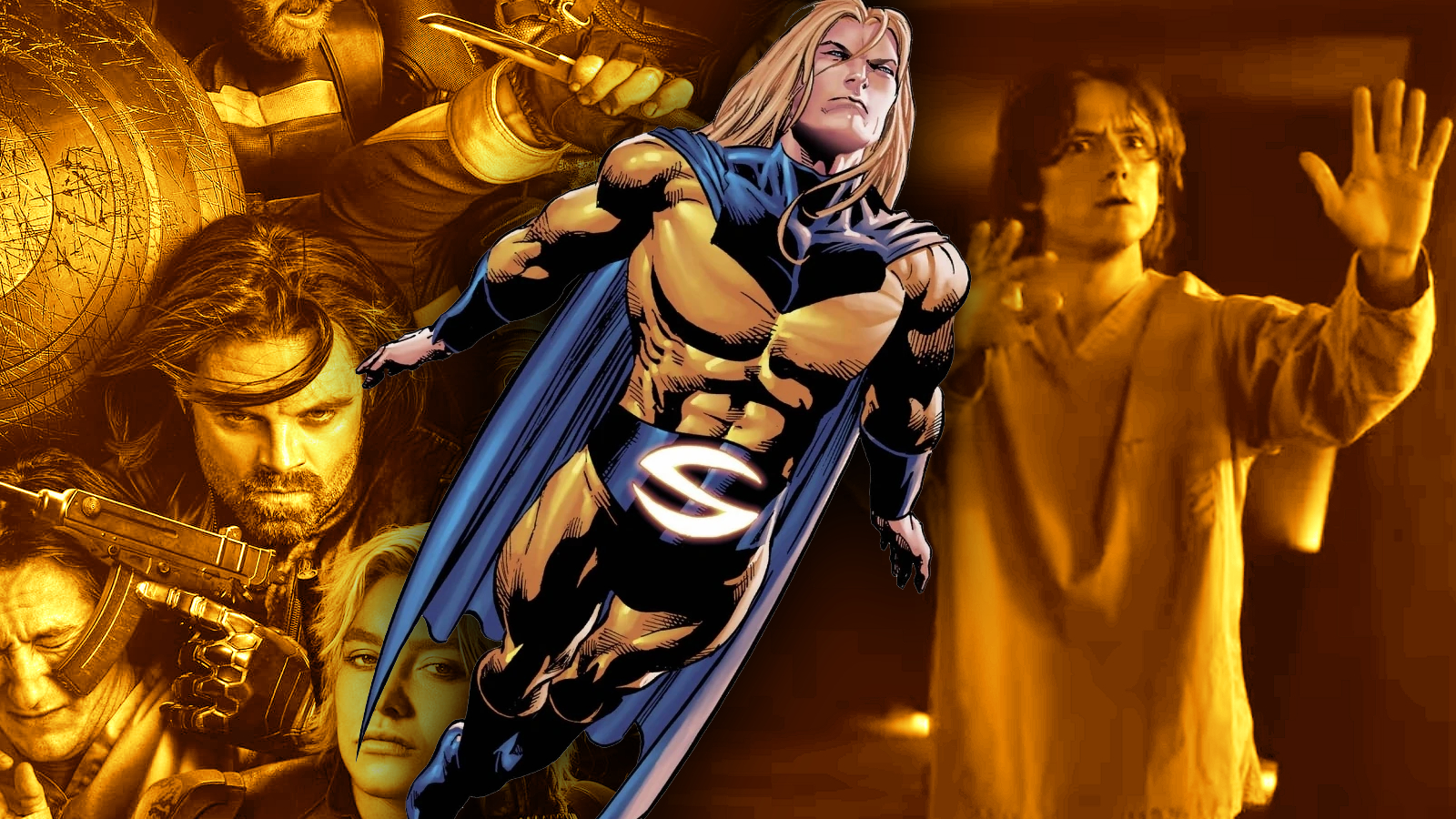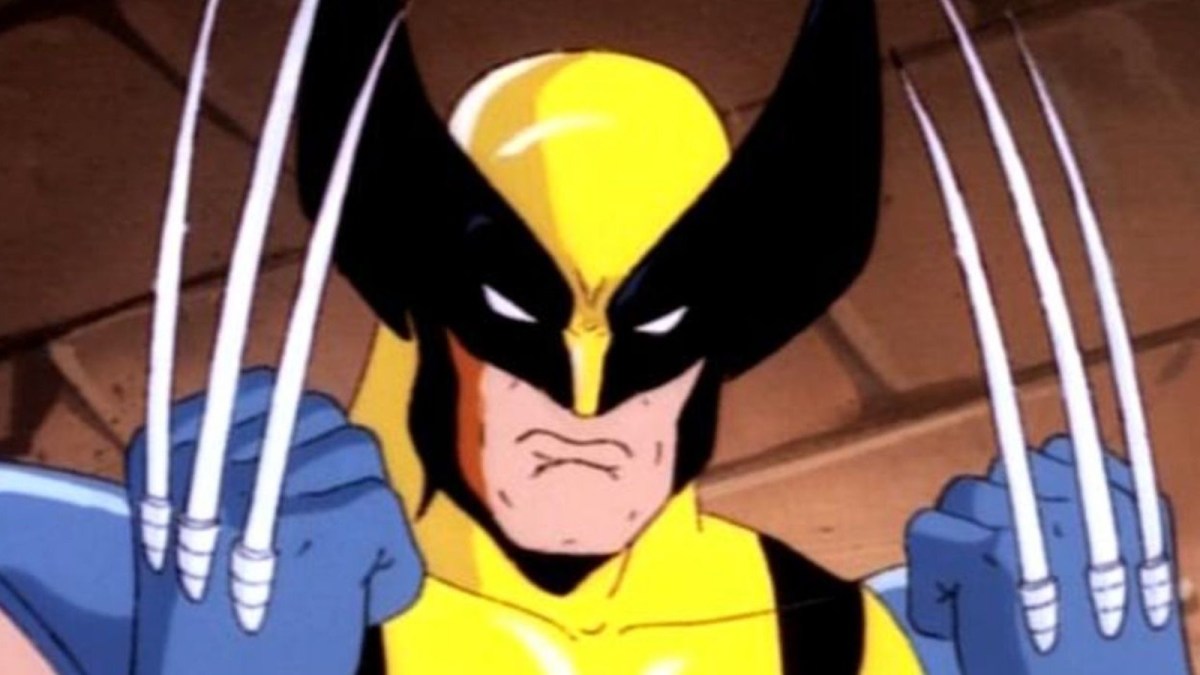The teaser trailer for Marvel Studios’ Thunderbolts* is finally here, and it’s got everyone buzzing about the MCU debut of Bob Reynolds – better known by his superhero alias, the Sentry. But that’s nothing compared to the fuss Reynolds’ comic book introduction kicked up.
When Marvel Comics unleashed the Sentry on the world back in 2000, he was billed as a long-lost creation pre-dating the publisher’s first “modern” superheroes, the Fantastic Four. His first five-issue miniseries wasn’t a launch title – it was a revival. Naturally, the Sentry revelation whipped the Marvel fanbase into a frenzy. Everything they knew about the House of Ideas’ history was turned on its head thanks to the discovery of this forgotten figure.
But it was all a lie – a massive hoax Marvel cooked up, with help from media outlet Wizard.
The Sentry’s Origin: Fact Vs. Fiction

Here’s how things went down. In 1999, Marvel dropped a reference to one of its artists from the 1960s, Artie Rosen, in the letters column of Daredevil (Vol. 2) #9. Apparently, poor Artie wasn’t in great shape, so the publisher wished him a speedy recovery. Then, in January 2000, Marvel announced that Artie Rosen was dead, and an obituary for the late penciller and inker ran in an issue of the industry’s then-biggest magazine, Wizard, some months later.
So far, so sad – but where does the Sentry come into it? Well, a little while after Artie’s death, Wizard ran a story teasing the possibility that Marvel had uncovered a never-before-seen Stan Lee superhero. Then, in June 2000, a bombshell landed. Wizard ran a story revealing that Marvel had indeed discovered a hitherto unknown Lee invention, co-conceived with (you guessed it) Artie Rosen! Said invention was the Sentry: a Superman-like crimefighter Lee and Rosen developed for Startling Stories #1, which was meant to run sometime before The Fantastic Four #1 hit stands in November 1961.
Related: Why Is There an Asterisk in Thunderbolts’ Title?
For whatever reason, Startling Stories #1 never saw print, and Lee and Rosen ultimately forgot about the shelved Sentry. So, how did the Sentry score his decades overdue second chance? According to Marvel and Wizard, it was all thanks to writer Paul Jenkins. Rifling through a box of old papers Rosen’s wife Blanche returned to Marvel after his death, Jenkins came across Startling Stories #1, as well as Rosen’s original character design sheets. Fascinated, Jenkins approached artist Jae Lee about doing a miniseries for the Marvel Knights imprint. Lee agreed, Marvel gave them the green light, and there you have it.
It’s a great story… except none of it is true. Marvel and Wizard came clean about the hoax in May 2001’s Wizard #116. There never was an Artie Rosen (or a Blanche); he’s a made-up creator with a fabricated biography. The Sentry artwork he supposedly drew? That’s the handiwork of iconic Marvel artist John Romita Sr. Everything else came from Jenkins, (Jae) Lee, and writer/artist, Rick Veitch. Stan Lee did have some input – Bob Reynolds’ agoraphobia was his idea – but in 1999, not 1961.
Why Did Marvel Lie About The Sentry’s Real-Life Origin?

So, what’s the deal with all the Sentry-centric deception? Two words: marketing gimmick. Then Marvel Knights co-editor (and future Marvel editor-in-chief) Joe Quesada concocted the “forgotten character” publicity stunt after hearing Jenkins’ pitch. The core conceit of Jenkins and Lae’s original miniseries is that the entire world no longer remembers the Sentry – not even Bob Reynolds himself. This widespread selective amnesia’s cause is the mystery that drives the story. So, Quesada decided that mirroring the “lost legacy” aspect of The Sentry‘s story in its promotional campaign could drive up sales.
Related: What Song Plays in the Thunderbolts* Trailer?
Initially, Jenkins pushed back. He wasn’t big on hoodwinking readers, or the prospect of months spent lying in press interviews. However, Quesada eventually talked Jenkins around, convincing him that the hoax was less exploitative than it otherwise would be given its overlap with the Sentry series’ narrative. By contrast, Stan Lee was easily roped in on the conspiracy. Famous for his carnival barker-esque promotional style, Lee enthusiastically agreed to pose as Bob Reynolds’ original co-creator for the project. With everyone playing their part, the Sentry hoax paid off: sales for the so-called Golden Garden of Good’s Marvel Knights title took off.
How Did Fans React to Marvel’s Sentry Hoax?

Strong sales are all well and good – but what about the lasting impact of the Sentry hoax? As you’d expect, fans had mixed reactions once Marvel and Wizard admitted the con. Some people enjoyed the ride and appreciated how the hoax’s faux-history synced with Bob Reynolds’ in-universe backstory. Other people were angry at being lied to by Marvel, no matter the rationale. And some folks took aim at Wizard for its involvement, questioning the ethics of a media outlet knowingly running a fake news story.
Related: Who Is In The MCU’s Thunderbolts*?
But 24 years on, the hubbub is effectively over (the hoax doesn’t even rate a mention on the Sentry’s Wikipedia page). So, all told, the Sentry hoax didn’t cause any lasting damage to Marvel. Sure, fans continue to debate Bob Reynolds’ trajectory post-Marvel Knights, but there’s no real resentment towards the miniseries itself. It’s a non-issue. No doubt Marvel Studios will be hoping for equally controversy-lite circumstances when the live-action Sentry soars onto screens next May.
Thunderbolts* arrives in cinemas on May 2, 2025.






Published: Sep 27, 2024 07:48 am